Any series such as this that has the most historically significant games in a team's history as its theme had better include, and early on, any game considered one of the greatest in the history of football.
John Elway once told me that his definition of a great player includes, in part, being great at critical times, and really good the rest of the time.
Elway matched and exceeded his own definition in Cleveland on Jan. 11, 1987.
The Drive. When you say the words, you know the game.
American football is considered to have begun on Nov. 6, 1869 with a college game between Rutgers and Princeton.
About 75,000 players participate in college and pro football every year. There have been about 15,000 total games played in the history of the National Football League, not including preseason (formerly "exhibition" games). Regardless, the total lurches close to 20,000 pro games in the NFL, not including any played in the American Football League, which existed for 10 years, or in Canada.
That's a lot of games.
And every list of the 25 greatest games ever played, compiled by pro football researchers, official books produced by the Pro Football Hall of Fame, and modern television sources like ESPN and the NFL Network, includes the game known simply as "The Drive" in its list.
When a game is known by something other than inclusive of the names of teams, it has a life of its own. The Drive. The Greatest Game Ever Played. The Immaculate Reception.
Jan. 11, 1987 turned out to be so many things besides just the American Football Conference championship game.
Everyone is familiar with the central facts: Cleveland taking a seven-point lead at the 9:17 mark of the fourth quarter and the Broncos beginning their final regulation possession at their own two-yard line, staring into the teeth of what Browns fans thought would be a certain Denver loss.
On the drive's fifth play, Elway ran for 11 yards and a first down.
He then found Steve Sewell for a 22-yard gain, the first play I saw from field level after winding my way down from the press box, and you knew then for sure that you had a slugger's chance.
View photos from "The Drive," the Broncos' 23-20 overtime win over the Browns in the 1986 AFC Championship game.
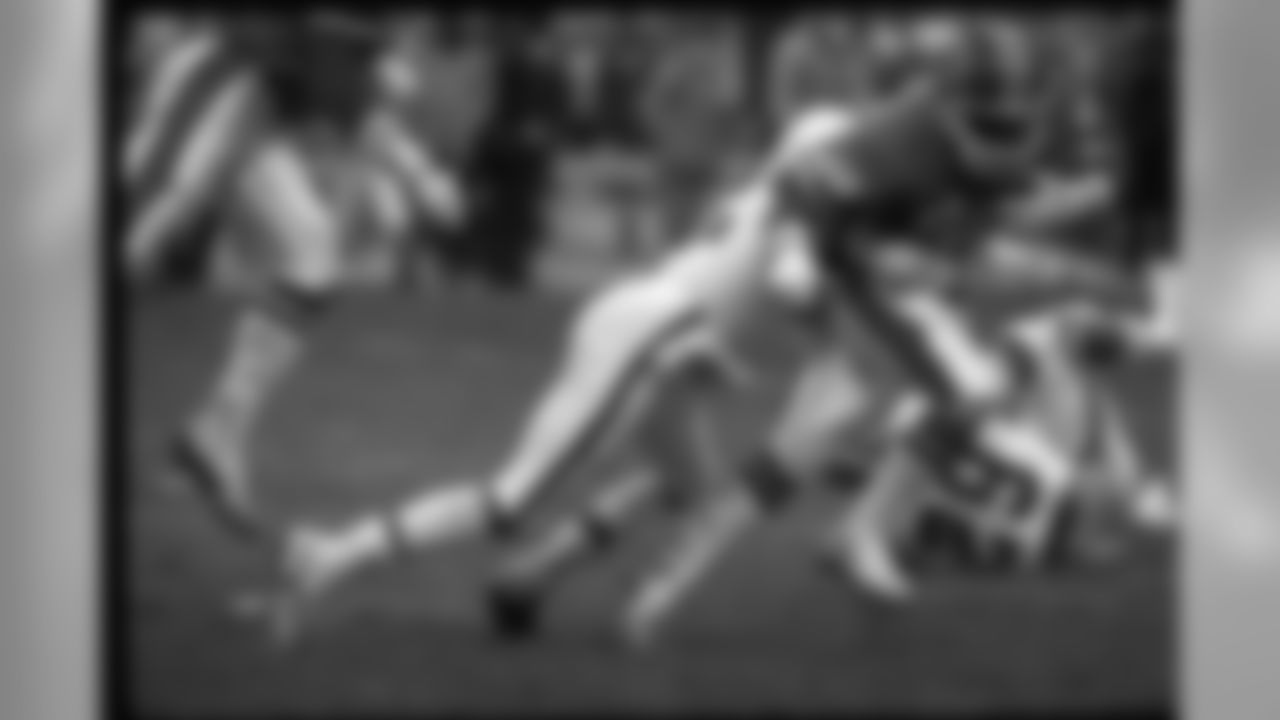
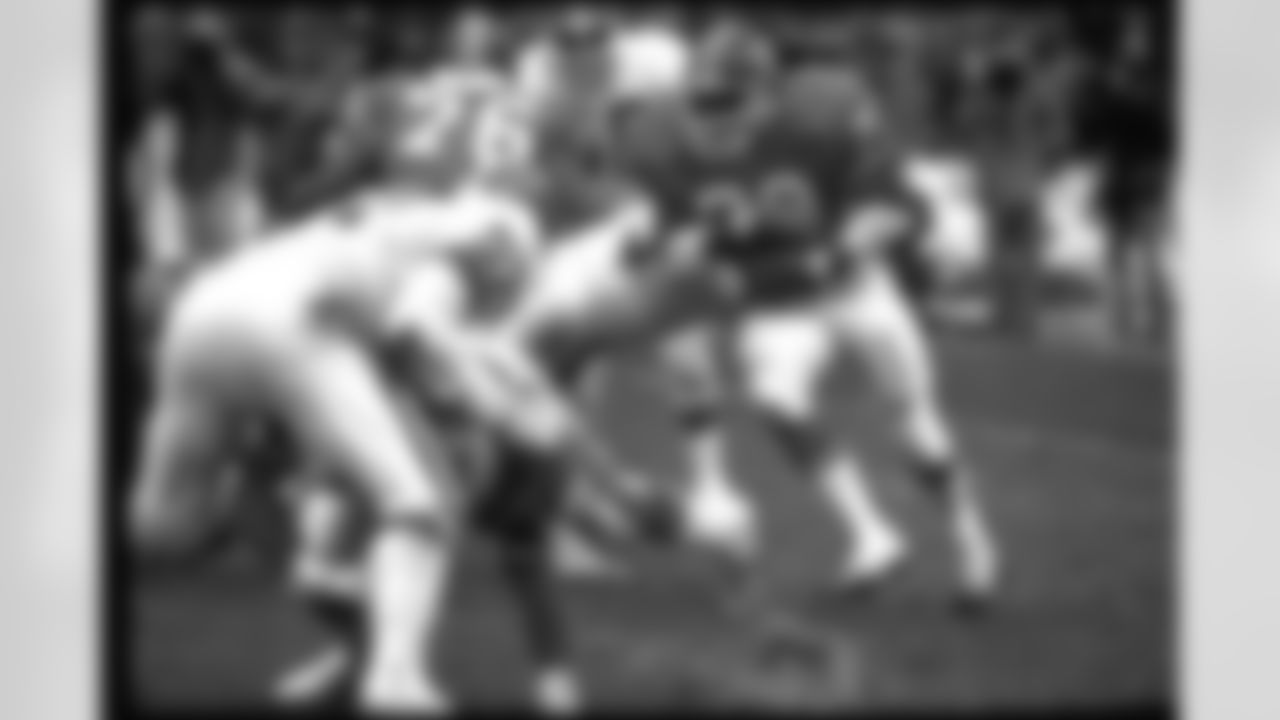
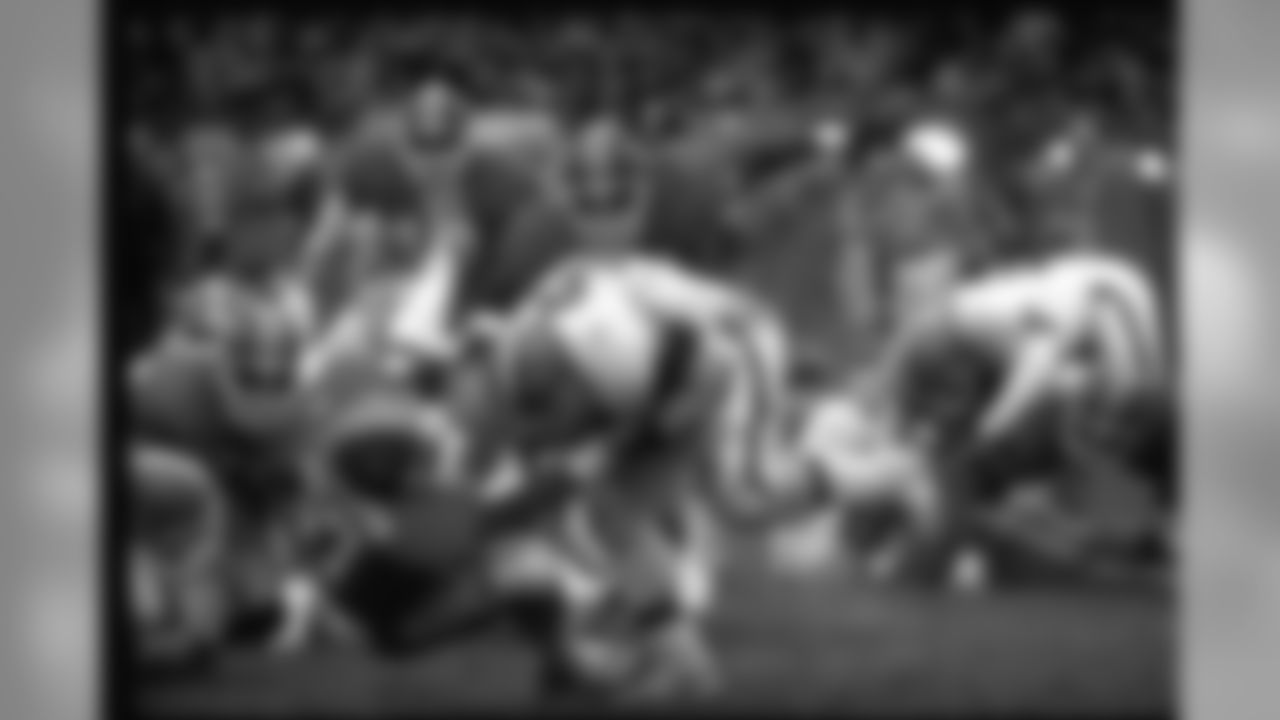
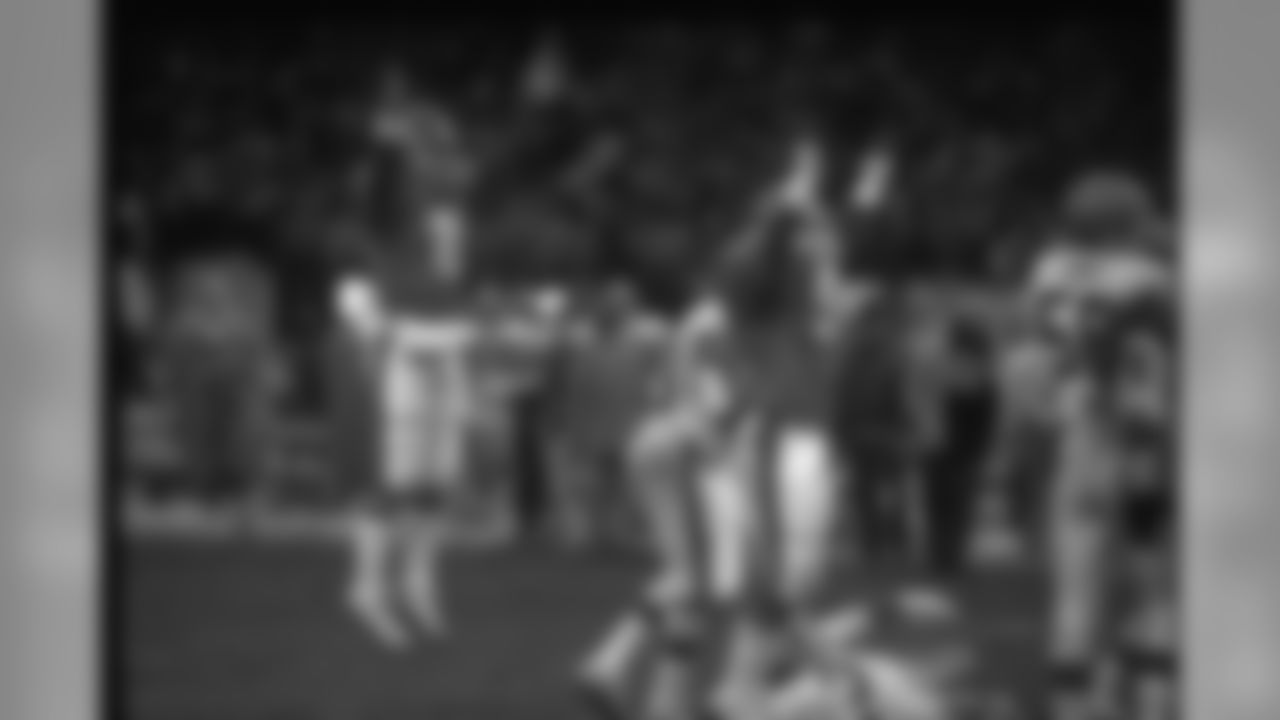
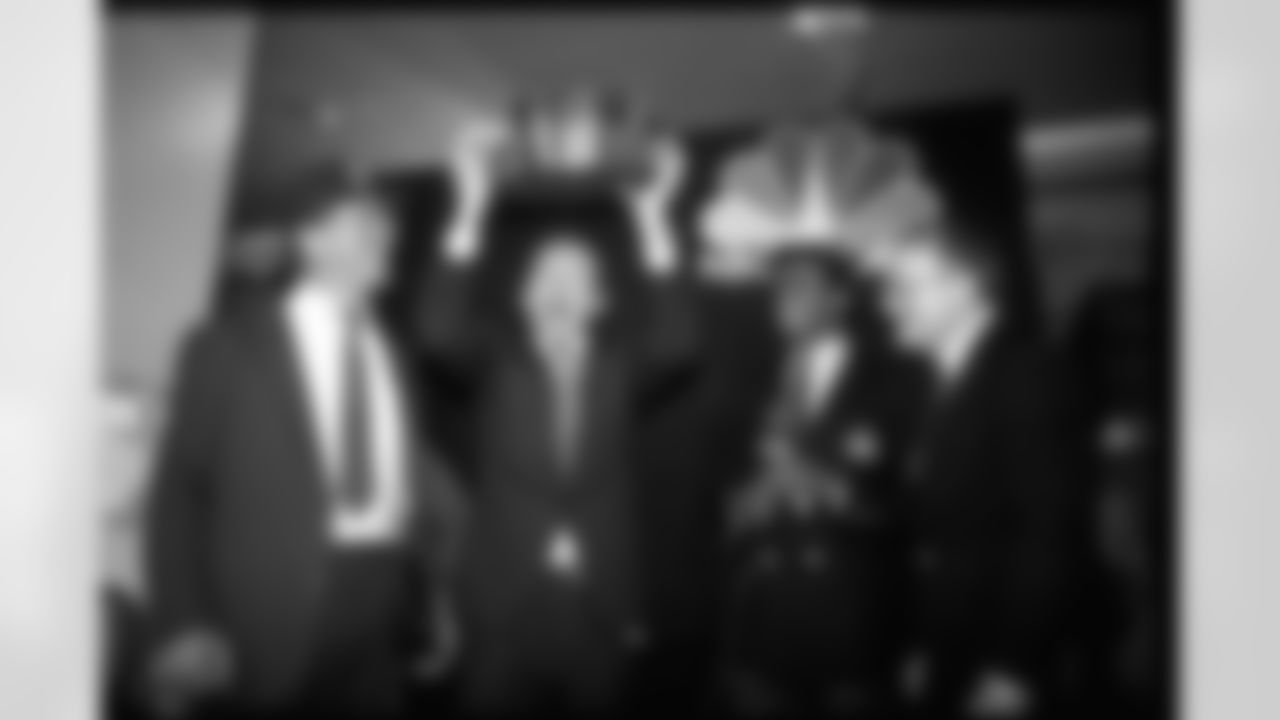
He followed that with a 12-yard strike to Steve Watson to give Denver a first down on the Cleveland 40. An incompletion and an eight-yard sack created both a third-and-18 for the Broncos and complete pandemonium in the stands. I can still recall seeing fans literally leaping repeatedly in absolute euphoria.
Cleveland was two plays from the Super Bowl, but it was never to be.
Head Coach Dan Reeves cautioned Elway not to try to get all 18 yards on one play, but gunslingers go for it. On third down Elway threw for 20 yards to Mark Jackson on a play that began with the ball literally bouncing off the hip of the in-motion Watson, moving the Broncos to the 28. Elway caught the ball and threw to Jackson, and a lot of air left the venerable Cleveland Stadium.
Elway-to-Sewell gave Denver a first down at the 14 with 57 seconds remaining.
After an incompletion, Elway ran nine yards to the Cleveland 5-yard-line, and the cheers of the crowd turned to desperate pleading.
On the very next play, Elway, who was doing it all, either passing or running on every play, hit Jackson for a touchdown and the extra point by Ohio native Rich Karlis gave Denver a tie at 20 with 37 seconds left.
Early in overtime, as I stood in the end zone next to columnist T.J. Simers, we turned and saw something you seldom observe publicly in championship play. My good friend Pete Abitante, the AFC Director of Information, and a couple of NBC people, including the winners' locker room announcer, were quietly dashing from the Cleveland locker room to the Denver locker room.
Abitante was lugging a box, which I knew to contain the AFC Championship trophy.
Everyone in that stadium could feel the vibe.
Karlis kicked a 33-yard field goal 5:48 into overtime to give the Broncos a 23-20 victory.
It was the coming-out party of all coming-out parties for John Elway, marking pro football as, in part, The Elway Generation in the process.
Two weeks later, he would make the first of his then-record five Super Bowl starts at quarterback.
The radio booths were on the roof of that old stadium, and my assistant, Barry Hawkins, who was keeping stats for KOA that day, later said that the postgame exodus of fans reminded him of one of those zombie walks like we see in the movies, just 80,000 people silently walking away.
The stuff of legend.
A Cleveland radio station had found out where we were staying and suggested "fans" drive around our hotel the night before the game, honking their horns, and the fans had obliged all night long.
We had several team buses, and on the postgame ride to the airport I happened to be on the same bus as team captain Tom Jackson.
It was the lead bus, and as we pulled out of the stadium TJ told the driver, "Bussy, before we head to the airport, let's all take a lap around the hotel with our horns honking." And all the buses did that, which must have puzzled the bellmen but pleased the bus caravan occupants to no end.
Also, back in the day, we played (and introduced to NFL football) "Rock and Roll Part 2" after every home score in Mile High Stadium.
Director of Operations Bill Harpole had that covered too.
When that plane took off from Cleveland Airport, "Rock and Roll II" blared to us from the team aircraft sound system.
It was great.
Did I mention that it was great?
The Broncos were on their way to the Super Bowl, and John Elway was moving from greatness to legend, on Jan. 11, 1987.






